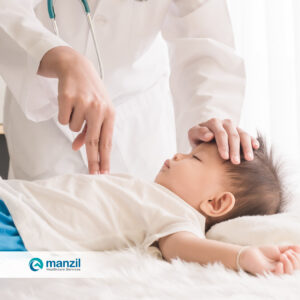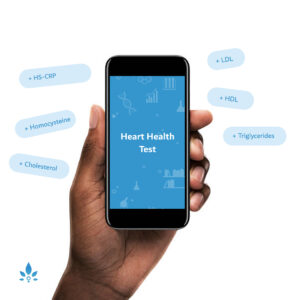When to Worry About Head Trauma


Children are notoriously prone to accidents, whether it is the 12-month-old wobbly walker or the 3-year-old who falls off a tricycle. Watching your little one tumble to the ground and hit their head with a loud \” thud\” is frightening, but not all falls are created equal. When should you worry? Is it just a bruise or is it something more ominous, such as a concussion or even bleeding inside the brain?
According to the Centers for Disease Control and Prevention, a concussion is a traumatic brain injury that changes the way the brain normally works. The trauma to the brain can be a result of either a direct blow to the head, neck, or face or from any injury that transmits force to the head. The injury can cause the brain to bounce against the skull, possibly resulting in torn blood vessels, damaged nerves, and a bruised brain. This sounds scary to a parent, and rightfully so. A concussion is a serious injury in anyone, but even more so in a child.
Children who hit their heads often develop a large swelling on the surface of the skull. This large goose egg can look scary but does not necessarily mean there is a serious injury inside the brain. It is vitally important for a parent to be able to recognize the warning signs when a bump on the head is more serious than just a bruise. Here are a few clues that your child may have a concussion:
- Vomiting after the incident
- Loss of consciousness immediately after the trauma (although your child could still have a concussion even if consciousness is not lost)
- Confusion or not making sense when speaking
- Extreme sleepiness or lethargy
- In non-verbal infants and young children, the clues may be more subtle:
- More irritable or fussy than usual
- Change in eating or sleeping patterns
- Wobbly when walking or uncoordinated when reaching for objects
- Lacks interest in toys or other activities
- Tires more easily than usual
If your child shows any of these symptoms after head trauma, have the child evaluated immediately. The doctor will likely order a CT scan of the head to make sure there is no sign of bleeding inside the brain. If the doctor determines there is no bleeding but your child has a concussion, your child will need plenty of physical and mental rest over the next several days. This includes limiting TV time, computer time, and playtime with friends. Usually, the symptoms of a mild concussion will go away within a week or so, but if the symptoms persist, be sure to follow up with the pediatrician as soon as possible.
There are a few steps a parent can take to minimize the risk of a head injury in your child. Be sure to pick up clutter off the floor so your child will not trip. Use baby gates where appropriate, especially at the top and bottom of stairs. Pad the edges of furniture to prevent head bumps. Insist on helmet use for sports. Above all, keep a close eye on your child at all times.
Sources:
- American Academy of Pediatrics
- Concussions.
Centers for Disease Control and Prevention - Heads Up: Concussions in Youth Sports.
Mayo Clinic - Concussions.
Powered by Bundoo®












































